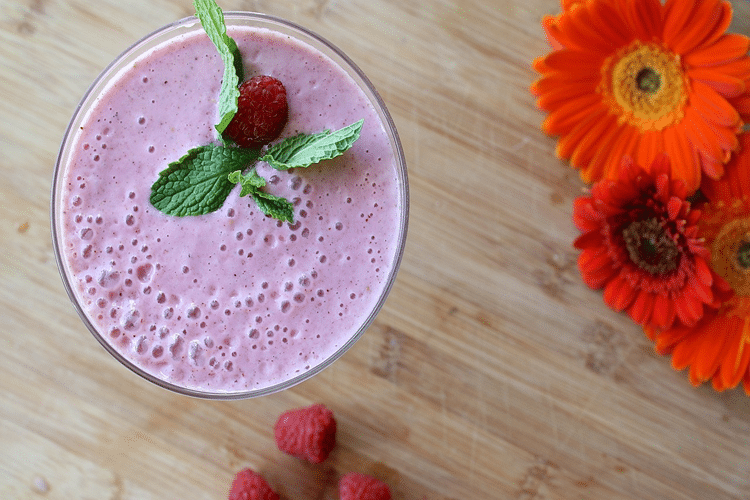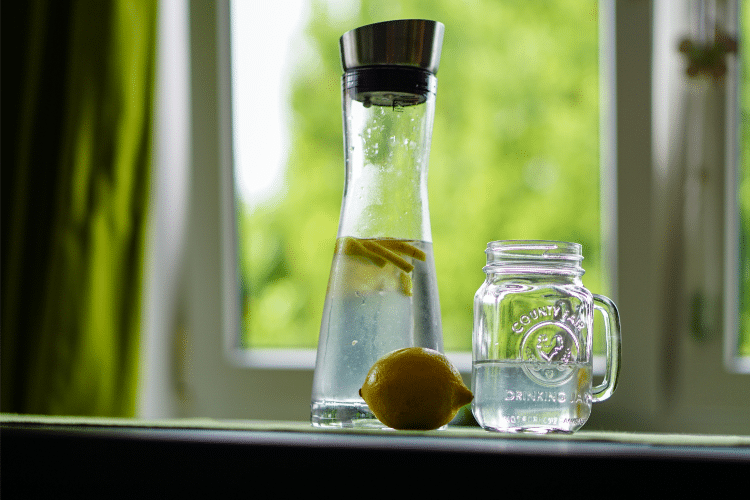
5 Tips On Using A Meditation Cushion To Help You Find Your Zen
The hustle and bustle of life can result in mental and emotional turmoil as well as physical fatigue. If you feel as if there are a lot of things in your mind, you’ll do well to practice meditation to train yourself to focus and increase awareness of yourself as well as your surroundings.
Most people meditate to reduce stress. Typically, mental and physical stress raises the amount of cortisol in the body. Elevated levels of this stress hormone result in negative effects such as the release of cytokines, a type of inflammatory chemical, which can interfere with sleep, cause depression and anxiety, raise blood pressure, and contribute to fatigue and foggy thinking. But with meditation, this inflammation response can be reduced. (1)
Meditating daily can also enhance empathy. There’s a certain type of meditation that activates neural connections in the brain to regulate positive emotions, such as empathy and kindness. It induces a deep state of flow, which increases social connectedness and makes people more affectionate and amicable. (2)
Table of Contents
Starting your meditation journey
Sitting properly in an unsupported cross-legged, or Lotus position means sitting upright and keeping the natural curves of the spine in place. This position necessitates ankle, knee, and hip mobility that most people lack. As a result, you may experience cramping, pinching, and slumping, which makes it difficult to focus on anything other than when you’ll be able to stand up again.
Although you don’t really need any special devices to start your meditation journey, there are tools that can improve your experience. One such accessory is a meditation cushion or pillow, which is developed specifically to ensure that you can focus on your meditation routine without worrying about aches and pains from prolonged sitting or kneeling.
If you already have a meditation cushion or are planning to buy one, you should know how to maximize it. Here are some tips that can help you:
Determine the best type of cushion you need
You can find various meditation pillows on the market today. Traditionally, nuns and monks in ancient China made handwoven mats composed of dried grass. They transported these on their backs and used them as shelter when it rained.
They would spread their mats in an area and settle in for deep meditation. With this, they’re able to meditate for hours with crossed legs and half-closed eyes.
Although this type of cushion was popular in the past, they aren’t that easy to find nowadays. If this was the only meditation pillow you had, sitting for long periods of time would most likely be an impossible feat.
Fortunately, there have been more comfortable variations in recent years. Before you can use a meditation pillow, you actually have to purchase one first to be able to enjoy it during your sessions. If you’re on the lookout for a cushion to meditate on, these are the factors you should consider:
Support
Do you prefer sitting on a cushion with crossed legs or kneeling to meditate? Research and explore your options, particularly if you are new to meditating, and choose the one that provides the most support. You should be able to retain a straight back to aid your body’s ability to stay alert and focused. Plus, the pillow must keep you stable and balanced so that you can concentrate without interruptions.
Height
Meditation cushions are available in a wide array of sizes, the minimum of which is five inches. It’s critical to consider your height when selecting a meditation cushion. Taller people may prefer a more substantial pillow, while shorter people should choose one that accommodates their needs.
Shape
Zafu pillows and Zabuton pillows are the two most popular cushions on the market. The latter resembles large rectangular mats, while the former is available in round, rectangular, and U-shaped shapes. There are also pillows that are U and V-shaped, which are developed to prevent knee and hip injury and reduce back pain. Elevating specific muscles or joints is crucial to decrease the risk of aggravating injuries, particularly for those with pre-existing or recurring problems.
Comfort
Meditating before going to bed can help you achieve deep and restorative sleep. And you want to be able to meditate without experiencing any discomfort, such as knee or leg pain, during the session. Knowing this, you’ll need a meditation pillow that will provide you with the maximum level of comfort. You can also try products like Magnesium Glycinate for sleep, which supplements the body with ample nutrients to give you the best snooze after a long day’s work.
Portability
Meditating in different spaces can provide you with a variety of scenery, inspiration, and concentration. As a result, you should look for a meditation cushion that you can take with you wherever you go. Some have handles for easy transport, while others are foldable or inflatable, making them more convenient to carry around and store between uses.
Experiment with different poses
If you’re a meditation beginner, you might still be looking for poses that are right for you and can facilitate the ultimate Sen experience. With your cushion, you should experiment with different poses to find the best one, such as these simple poses:
Kneeling
Kneeling is one of the most renowned and straightforward meditation poses. However, it can quickly become uncomfortable and even painful for those with sensitive knees or ankles if not supported. When doing the position, place your cushion between your knees to relieve pressure on your joints and increase circulation in your legs.
Lotus pose variations
Half and Quarter Lotus pose variations are gentler on the knees and hips than the full version. A Quarter Lotus pose is great for opening the hips, knees, and ankles. You can do this by simply crossing your legs and placing your right ankle on the opposite calf gently. For the half Lotus pose, lift the same ankle higher, allowing it to rest on the upper thigh of the opposing leg.
Cross-legged pose
Another option is to sit in a simple cross-legged position to reduce joint strain. Don’t forget to still stretch your knees and keep your hips open. Using a meditation cushion in this position prevents you from rounding out your back, allowing you to meditate for longer and more comfortably. If you find your feet falling asleep while doing this pose, try switching to a supported kneeling pose to relieve pressure on your ankles and improve circulation.
Be mindful of discomfort and pain
Usually, most cases of lower body pain, especially in the legs, ankles, and knees, during floor sitting meditation are an inevitable result of tendons and muscles stretching as a person adapts to unfamiliar poses. You may continue to feel discomfort and some form of pain in doing cross-legged postures until your flexibility improves, which can take years, even with a daily mindfulness meditation regimen.
The level of pain and discomfort you may experience while sitting can be affected by a variety of factors, and it may not be as simple as finding the ideal support. Nonetheless, finding the right cushion or pillow can improve your meditation experience.
Hull cushions placed under the knees may help reduce knee torque. The benefits of using pillows and other forms of support will most likely be felt only after sitting for more than 30 minutes. Make sure the seat cushion is high enough so that the knees are lower than the hips.
You can also place a folded blanket or a flat raiser mat under the cushion to increase the height of your hips. Moreover, elevating your back support can help rotate the pelvis forward, making it easier to maintain an upright spine without strain.
Know how to care for the cushion
The first step in cleaning your meditation cushion is to remove it from the covering. If you have one with buckwheat hulls, remember to always turn it on its side with the handle facing up when opening the zipper since that the hulls are loose inside it. Pour them into a clean bucket or large container, if possible.
Before cleaning, turn the cover inside out. The cover can be dry-cleaned or hand-washed in cold water and tumble-dried on low heat.
Keep on practicing
Even if you have a cushion or pillow to make your meditation journey more comfortable, you still need to keep practicing to achieve the ultimate Zen. The ability to zone out and concentrate might not always come to you immediately, which is why you need to develop this skill. Once you get the hang of it, the hours will go by like a snap, leaving you to feel refreshed and reinvigorated.
Takeaway
Although you don’t need fancy equipment to start meditating, you can make the experience more comfortable and enjoyable with meditation cushions. This tool can provide support and reduce the pain and discomfort that entails prolonged sitting or kneeling.
To make the most out of this type of pillow, you have to find the right one for your needs and know how to take care of it. You should also experiment with different poses that can help you achieve Zen.
Additionally, remember that even though you have a meditation cushion, you might still feel a bit of discomfort since your body might not be accustomed to using some muscles. Lastly, don’t give up and keep on practicing until you’ve developed the habit of mindfulness.
References
- “12 Science-Based Benefits of Meditation”, Source: https://www.healthline.com/nutrition/12-benefits-of-meditation
- “5 Health Benefits of Daily Meditation According to Science”, Source: https://positivepsychology.com/benefits-of-meditation/






